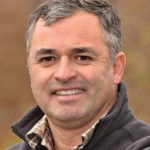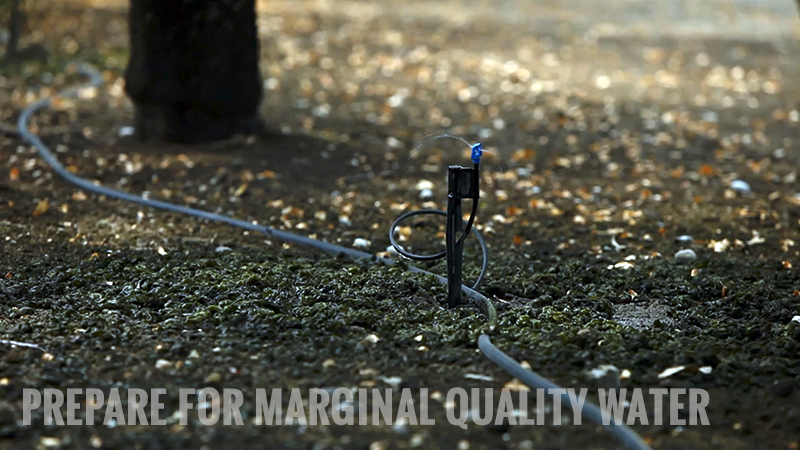Mechanization Can Reduce Summer Pruning Costs
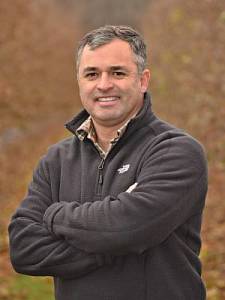
Mario Miranda Sazo
In recent years, many apple growers have adopted the tall spindle system, planting at 3-feet-by-12-feet so that partial mechanization is possible. Mechanical summer pruning has started at a few farms in New York’s Lake Ontario Fruit Region where I conduct Extension activities for Cornell University. An important requirement in this system is to plant densities of more than 1,200 trees per acre and to develop a narrow, fruiting wall-type of canopy.
Over the last three years, we have conducted on-farm research with several cooperators — Scott VanDeWalle, Mike Maloney, Rod Farrow, Jason Woodworth, and Jose Iniguez — all fruit growers from Western New York. One of our objectives was to evaluate and identify an optimal timing and method of sidewall shearing for apples. Summer hedging to replace summer hand pruning has shown promising results. However, the transitioning of a mature tall spindle orchard to a fruiting wall will require extra care to pre-form the tree the previous winter so that the apple flower bud load will not be reduced excessively.
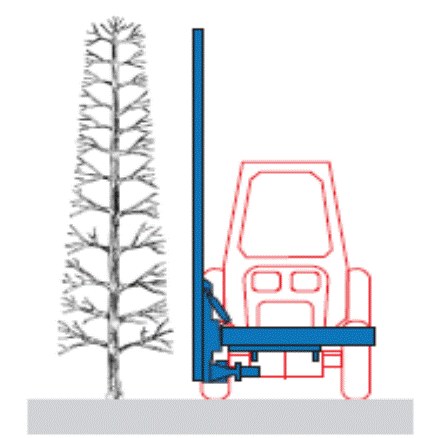
Figure 1: The “box” concept: a system where hedging is conducted at the end of the dormant season to pre-form the trees into “box” shape. (Graphic courtesy of Mario Miranda Sazo)
Our summer sidewall shearing results were positive in 2012 and 2013 but will require three or more years to fully determine if this approach has long-term positive results or if negative tree growth or potential yield reduction in the long term may negate labor savings from mechanical sidewall shearing. We are encouraged so far in that there was little regrowth from sidewall shearing treatments, but we measured a yield reduction for Gala and Linda Mac in 2013.
Three apple growers in New York have implemented sidewall shearing at their farms. At one of these sites — Lamont Fruit Farm — with a very narrow fruiting wall and super spindle trees, hedging has been conducted 12 inches from the trunk of Gala, Honeycrisp, and SweeTango the last two years, and this year to Fuji, Zestar, Acey Mac, Macoun, and Pinova trees. Lamont Fruit Farm has developed a system where hedging is conducted at the end of the dormant season or at pink to pre-form the trees into a “box” shape so that later summer hedging does not cut off fruits (Figure 1). The pre-formed “box” shoots grow during the season until they are hedged again in late July or early August at 14 inches from the trunk (Figure 2).
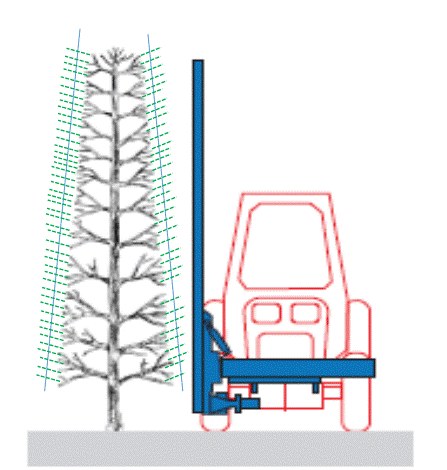
Figure 2: From the pre-formed “box” shape, shoots (in green color) grow during the season until they are hedged again in the summer. (Graphic courtesy of Mario Miranda Sazo)
This spring, another 30-acre orchard site of mature tall spindle Gala trees, was hedged at 24 inches from the trunk to form or establish the “box” concept (Figure 1). Hedging occurred in the late winter after the removal of big wood through limb renewal pruning. The pruning of the tops was conducted manually after hedging and it left a manicured fruiting wall with a very narrow top. The shoots coming from the “box” will be hedged again in the summer of 2015 at 26 to 28 inches from the trunk (Figure 2).
The cost and time for summer hedging amounted to a fraction of the time — about 5% — compared to manual summer pruning with loppers and ladders. If sidewall shearing in the summer can reduce summer pruning costs by and improve labor efficiency without negative effects on return bloom, vigorous growth response, or a significant yield reduction, it will also have a significant impact on orchard profitability.
Results from this two-year summer shearing study are encouraging so far in that there was little regrowth from the sidewall shearing treatments with the tall spindle system. The trees to be summer hedged can be pre-shaped in the previous dormant season so the hedger does not cut off any fruits.
We plan to continue other hedging experiments at growers’ farms and at the Geneva Research Station in the years to come. A long-term strategy that a grower in France has implemented is to use annual sidewall shearing of tall spindle trees for two successive years with no other dormant pruning. But in the third year, add a dormant winter corrective pruning to remove limbs that have become large and are causing internal canopy shading and poor quality.




